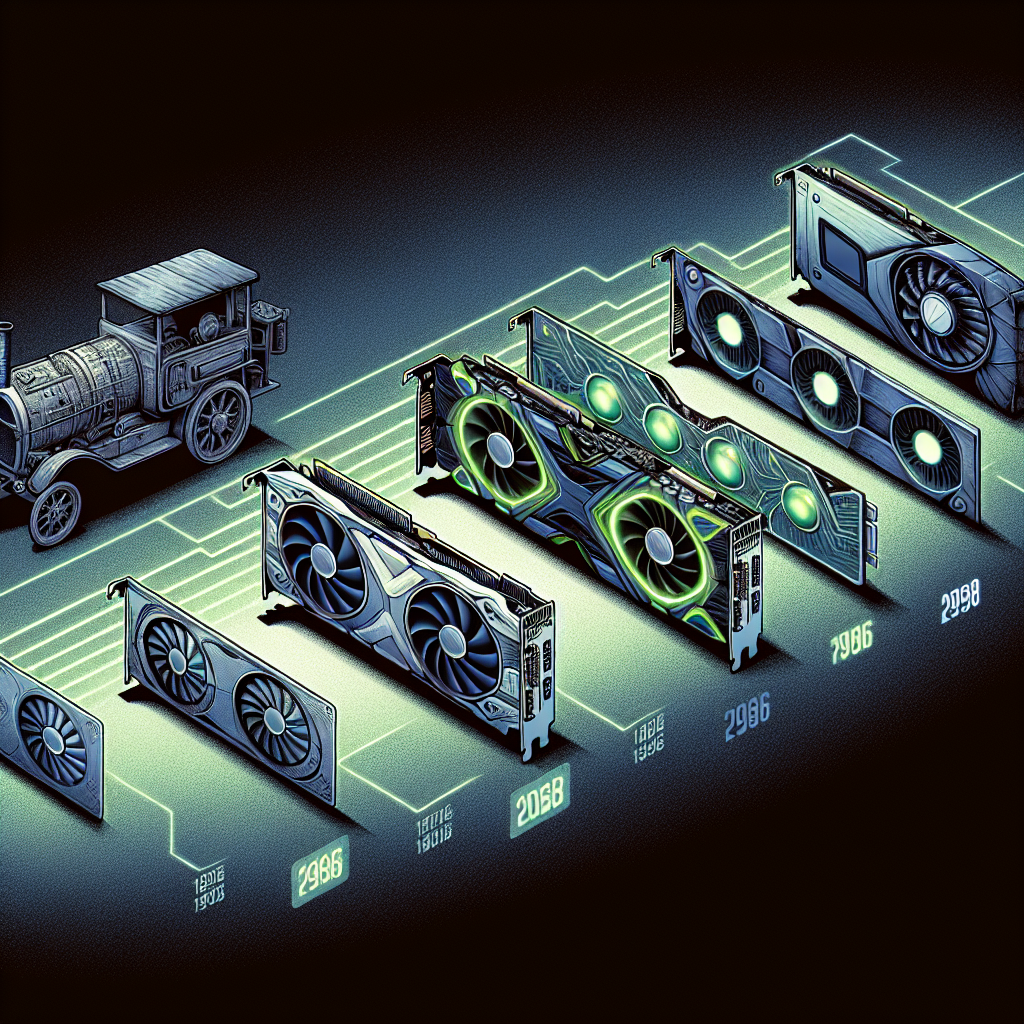The Evolution of NVIDIA Graphics Cards: From Past to Present
NVIDIA is a name that is synonymous with cutting-edge graphics cards. Founded in 1993, the company has been at the forefront of developing graphics processing units (GPUs) that have revolutionized the gaming and visual computing industries. Over the years, NVIDIA has continually pushed the boundaries of what is possible with graphics technology, constantly improving performance, efficiency, and visual fidelity.
One of the key milestones in the evolution of NVIDIA graphics cards was the launch of the GeForce 256 in 1999. This was the world’s first GPU and marked a significant shift in the way graphics were rendered on computers. The GeForce 256 introduced hardware transform and lighting, which offloaded complex graphics processing tasks from the CPU to the GPU, resulting in faster and more realistic graphics.
Since then, NVIDIA has released a steady stream of GPUs that have set new benchmarks for performance and visual quality. The GeForce 8800 series, released in 2006, introduced DirectX 10 support and unified shader architecture, which allowed for more efficient rendering of complex graphics effects. The GeForce GTX 480, released in 2010, was the first GPU to support DirectX 11 and featured NVIDIA’s Fermi architecture, which greatly improved performance and power efficiency.
In recent years, NVIDIA has focused on developing GPUs that are optimized for both gaming and artificial intelligence applications. The GeForce RTX series, released in 2018, introduced real-time ray tracing, a rendering technique that simulates the behavior of light in a scene to create more realistic visuals. The RTX series also features tensor cores, which are specialized processing units that accelerate AI and machine learning tasks.
Looking ahead, NVIDIA continues to push the boundaries of graphics technology with its upcoming GPUs. The company is rumored to be working on a new architecture, codenamed “Ampere,” which is expected to deliver even greater performance and efficiency than previous generations. NVIDIA’s commitment to innovation and pushing the limits of what is possible with graphics cards ensures that the company will remain a key player in the industry for years to come.
In conclusion, the evolution of NVIDIA graphics cards from the past to the present has been marked by a relentless pursuit of performance, efficiency, and visual fidelity. With each new generation of GPUs, NVIDIA has set new standards for what is possible in gaming and visual computing, cementing its reputation as a leader in the field. As technology continues to advance, it is exciting to think about what the future holds for NVIDIA and the world of graphics cards.


